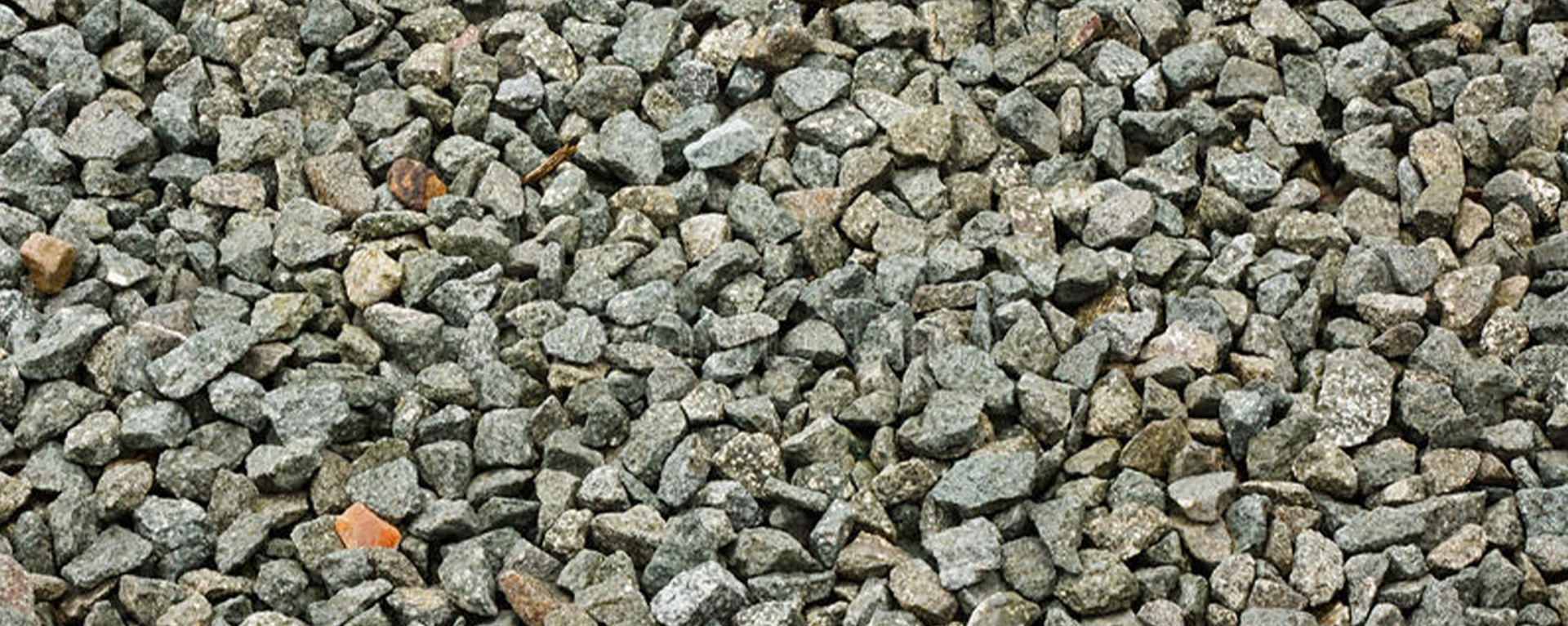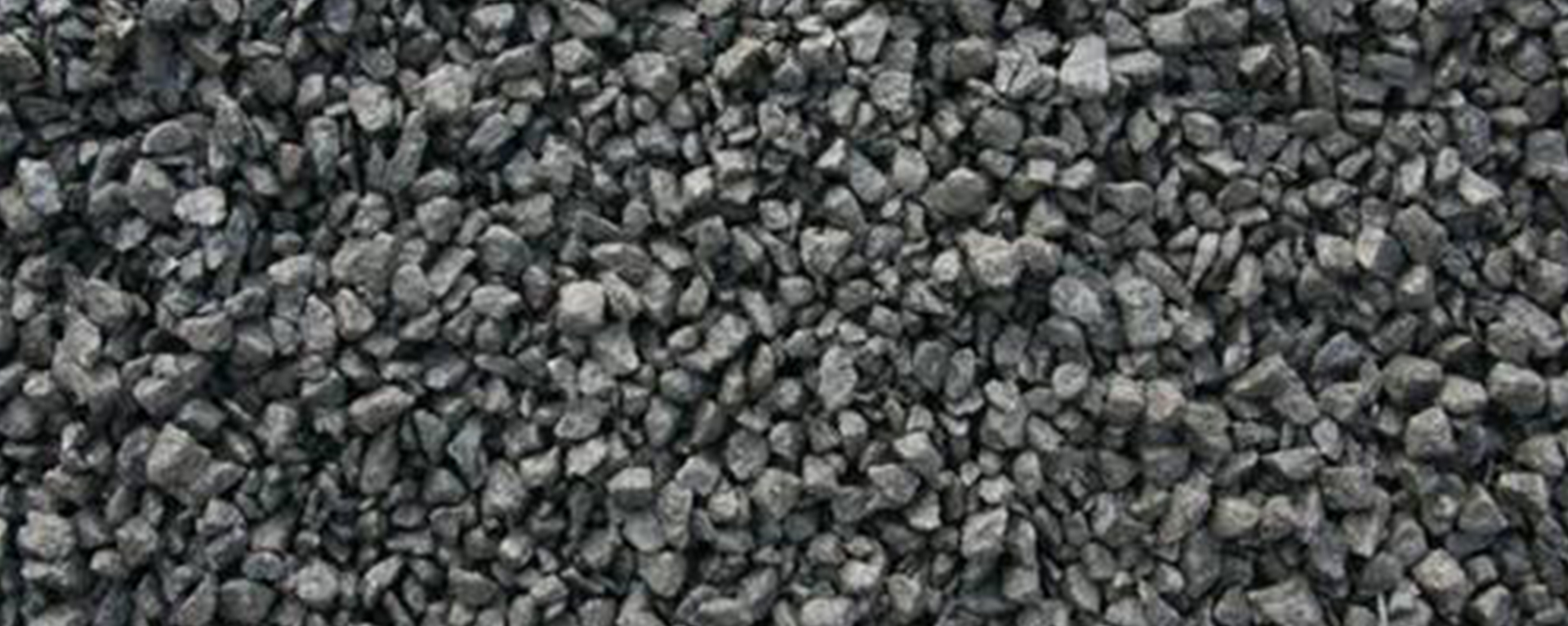Stone Aggregates
Crushed stone or Stone or angular rock is a construction aggregate. It is created by mining a suitable rock formation and then using a crusher to break down the stone into different sizes. Crushed stone differs from gravel in that gravel has a more rounded shape and is made by the natural processes of weathering and erosion.
Crushed stone has continuously been used for a variety of construction needs because of its versatility. It is one of the most common and accessible natural resources on the planet. It is one of our most abundant and basic of raw materials.
Types Of Aggregates
Types of crushed stone are categorized by the size of the stone after it has been crushed.
6mm · 10mm · 20mm · 45 – 65 mm · Railway Ballast · Boulders ( As per client’s requirement ) · Quarry Dust
What does this mean Simply.?
Construction aggregate, or simply aggregate, is a broad category of coarse- to medium-grained particulate material used in construction, including sand, gravel, crushed stone, slag, recycled concrete and geosynthetic aggregates. Aggregates are the most mined materials in the world. Aggregates are a component of composite materials such as concrete and asphalt; the aggregate serves as reinforcement to add strength to the overall composite material. Due to the relatively high hydraulic conductivity value as compared to most soils, aggregates are widely used in drainage applications such as foundation and French drains, septic drain fields, retaining wall drains, and roadside edge drains.
Uses Of Stone Aggregates
Used in paving blocks and concrete for sidewalks, driveways, patios, homes, office buildings and paved roads as a base or sub – base material or in the process of cement manufacture.
Used as a flux in blast furnaces to create liquid slag which, when cooled, becomes a stone material that is crushed and used as a construction aggregate.
Placed on the ground in landscapes around trees, drains and as tracking pads on construction sites.
A road construction technique called Macadam uses stones in which the strength of the road depends upon the interlocking of the stones due to their angular shapes.
Used with a binding material in walls for shorelines in order t





